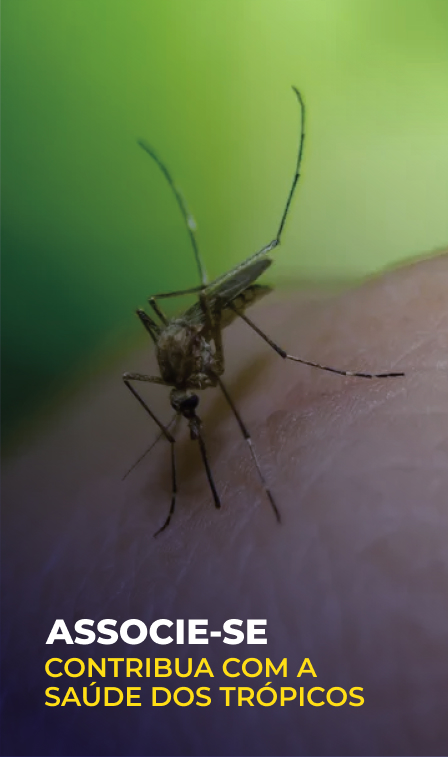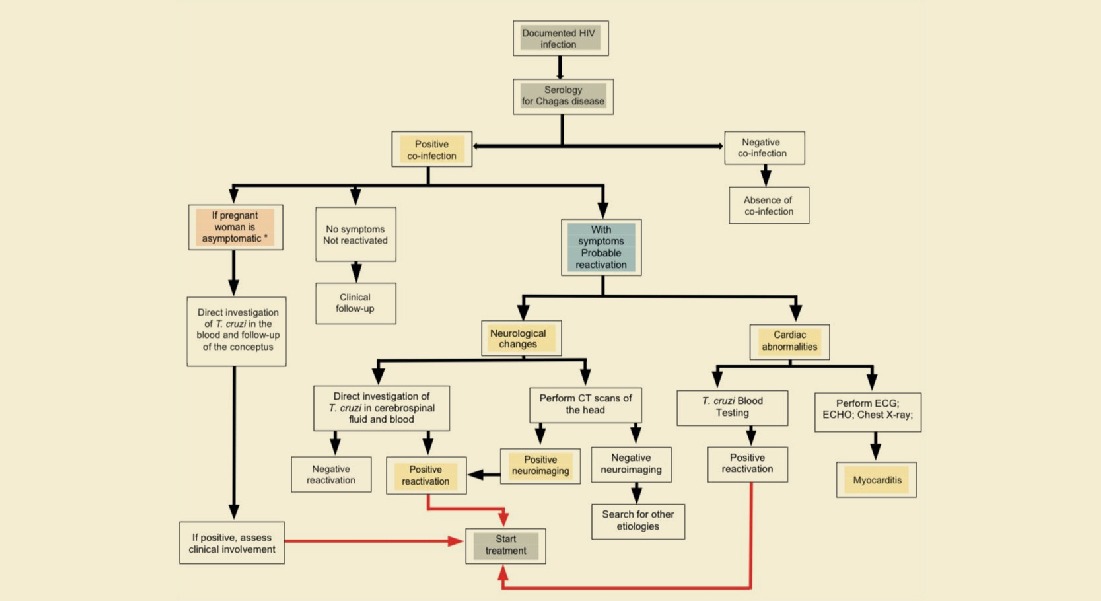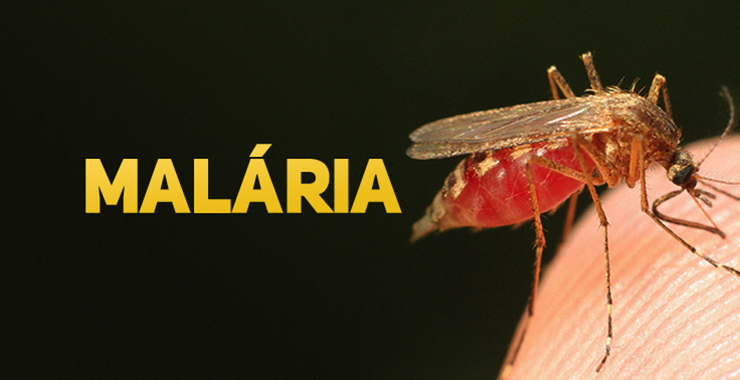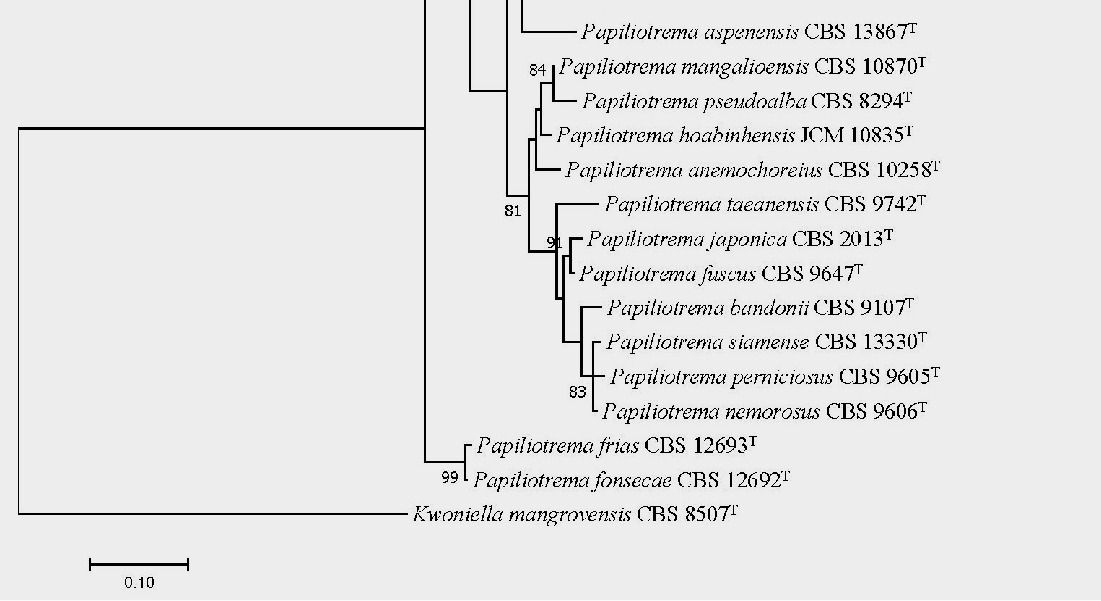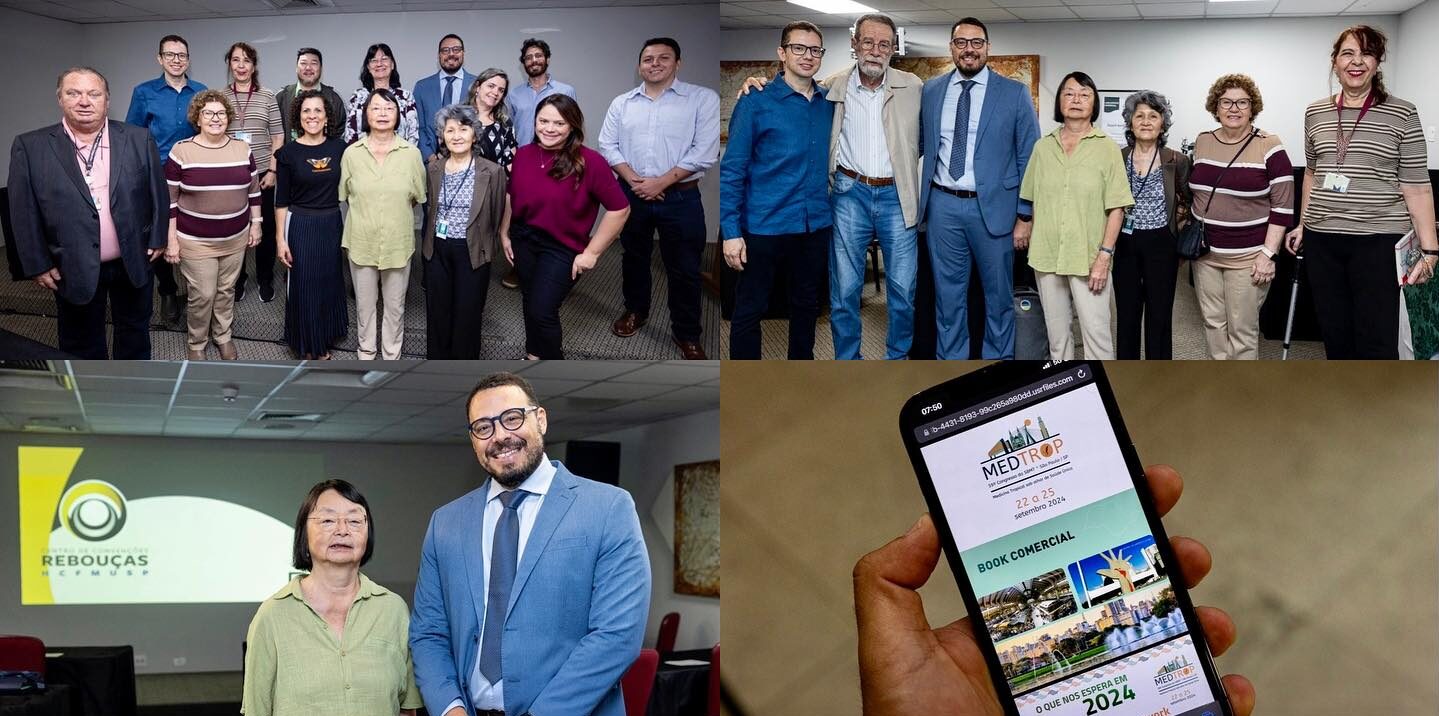
Law allowing aerial insecticide application in urban areas causes controversy
One of the methods used to combat the Aedes aegypti insect splits opinions among health experts and agricultural aviation companies
12/12/2016
Aerial spraying is successfully used in other countries. In Brazil, the technology was used a single time, in 1975
A bill sanctioned by interim president Michel Temer, this June, has caused controversies between health technicians and experts from agricultural aviation companies. According to the Bill 13,301/2016, the use of airplanes for aerial spraying in urban areas will be allowed upon authorization from sanitary authorities and scientific evidence of its effectiveness: Line IV, of the 3rd paragraph on article 1 of the Law 13.301 – 2016 included among the Aedes aegypti control measures, the permission to incorporate vector control mechanisms through the use of insecticide dispersion by airplanes upon approval by sanitary authorities and scientific evidence of its effectiveness.
Several Bipartite Interagency Commissions (CIB) in the states – responsible for managing the Unified Health System (SUS) and composed by State Secretaries and representatives of City Health Secretaries – declined the measure. The CIB from Rio Grande do Sul, Ceará, Goiás, Espírito Santo and São Paulo have already spoken in this direction.
For Nereu Henrique Mansano, technical advisor at the National Council of Health Secretaries (CONASS), the method, besides being a health threat to the environment and the population, is poorly effective for the Aedes aegypti mosquito combat. Pediatrician and Master in Collective Health, Mansano explains the mosquito in its adult phase lives primarily inside the households. The most effective way is still the mechanical removal of breeding sites, besides sanitation measures, as continuous clean water supply, garbage pickup and correct disposal of solid residues, he said.
Still according to Mansano, the reports from technicians at the National Program for Dengue Control and Environmental Health Surveillance Area from the Health Ministry were against the Congress decision to include this theme in the Provisional Measure that originated the Bill 13.301/2016 – which originally did not include this proposition.
Based on these reports and for the cited reasons, the CONASS and the National Council of City Health Secretaries (CONASEMS), which respectively represent the State and City health secretaries, have requested the Health Ministry to address the Presidents Office to place a veto on Line 4 of the 3rd paragraph from article 1 in the referred Bill. Despite this request the veto was not placed, he regrets.
On the other hand, the agricultural engineer and consultant in Aerial Spray Technology, Eduardo Araújo, supports the application of insecticides from airplanes as a complementary method in emergency cases. I believe the main strategy against the mosquito is still larval control, in a preventive way. However, if this control fails and the adult mosquito population sparks an epidemic, chemical control will be inevitable, he points. Araújo says aerial spray can uniformily strike 500 city blocks per hours. This method allows the insecticide to reach difficult access areas as backyards, walled empty lots, rooftops, rain gutters and stopping the diseases cycle after a few applications, he said.
Physician and professor at the Brasilia University (UnB), Pedro Tauil, agrees with the impediment of areal insecticide spraying and affirms its negative effects will rise in a long term. Besides being ineffective, it puts the environment at risk, he said.
This May, the National Health Council, SUS’ social control body, composed by representatives of the civil society (users), health workers, suppliers and managers, were against the measure, even in cases of emergencies, through a rejection motion. In the letter, the Council claims Brazil is the worlds largest agro-chemical consumer. It also claims that from 2011 to 2015, over 56 thousand agro-chemical intoxication cases were reported. According to the letter, the population and the environment are at risk of being exposed to even more agro-chemicals.
Eduardo Araújo says the product, used on ground equipment, at the same doses and without negative consequences is already authorized by the Health Ministry. This is only about replacing or complementing the application methods. Besides, this is not an experiment. Aerial spraying is successfully used in many other countries, he clarifies.
The technology has only been used once in Brazil, in 1975, and according to Araújo, it was also successful. Even though, he defends the idea, supported by the National Syndicate of Aero-agricultural Companies (Sindag), of starting with a pilot assignment, in a controlled environment to assess and perform eventual adjustments under the Health Ministrys coordination and supervision, If the doses are respected, there will no impact over the populations health. Yet, since in Brazil this is a relatively new technology, I support the pilot assignment, before extending it to other affected areas. From this assignment, we could generate a protocol to be followed in the extension areas, the engineer stresses.
Mark Latham, director at Manatee County, Florida, USA, said controlling the vector relies heavily on the societys engagement. He said during his 36 years of experience controlling mosquitos, first in the Cayman Islands, then in Miami, and for the past 22 years in Manatee, the Aedes aegypti has always been one of the most troubling species. The society does not taking part in simple premise sanitation was one of the biggest frustrations I have faced, he says.
According to Mark, the application methods, for aerial adulticiding and larviciding have been approved by the US regulatory agencies for use over both rural and urban environments for a long time, with risk assessments being continually re-evaluated. He emphasizes that surveillance and identifying significant mosquito populations are required before such drastic control measures are put in practice. In many places, especially here in Florida, where the mosquito issues are particularly abundant for about 6 months of the year, aerial adulticiding is commonplace and is more often targeting pest-mosquitoes as opposed to disease vectors, he points.
In areas where mosquito control and aerial applications are not common, these methods are considered controversial, according to Latham. He said the population fears the use of pesticides in large-scale, because anti-pesticide activists spread fear, without scientific verification. By no means I would claim that pesticides used for mosquito adulticide use are harmless, but I would claim that their proper use bears minimal risk, certainly less than the mosquito-borne disease risk during an epidemic, he says.
According to him, these methods are supported by science and have a long safe-use history. In places where they are commonly used (such as my county), they provide a public service in improving the quality of life by reducing large populations of both pestiferous and disease-vectoring mosquitoes, he stresses. According to Latham, his district has performed operational researches about other available methods to controls the Aedes aegypti due to the risk of dengue, chikungunya and Zika. We are investigating other methods such as lethal ovitraps, autodissemination traps, etc. However, none has yet promising or effetive enough to cease our very effective aerial applications, he informs.
In Brazil, health authorities have also claimed aerial application is against the legislation. The normative ruling by the Agriculture, Livestock and Supply Ministry (Mapa) says aerial application of pesticide in areas less than 500 meters from villages, cities, neighborhoods, living water sources are forbidden. It also forbids aerial spraying closer than 250 meters from water supplies, isolated houses and groupings.
However, Eduardo Araújo claims the method will not confront the legislation. This is not about applying agro toxics in urban areas, but applying insecticides proper for such purpose. They are insecticides labeled as sanitizers, regulated by the Health Ministry, he argues. To base his allegations, Araújo quotes decree 190/2001 from the National Civil Aviation Agency (Anac) and the Technical Note 75/2007 from the Health Ministry, which despite containing a series of restrictions to routine use of aerial spraying, acknowledges its use in very specific situations, such as in severe disease outbreaks.
Finally our Bill 13.301/2016 was approved and it includes aereal insecticide application in urban areas as a tool to control mosquitoes, since its efficacy has been proven and its use approved by sanitary authorities. As shown, aerial application for such means is perfectly legal. It only relies on the Health Minister’s authorization, he ends.…





